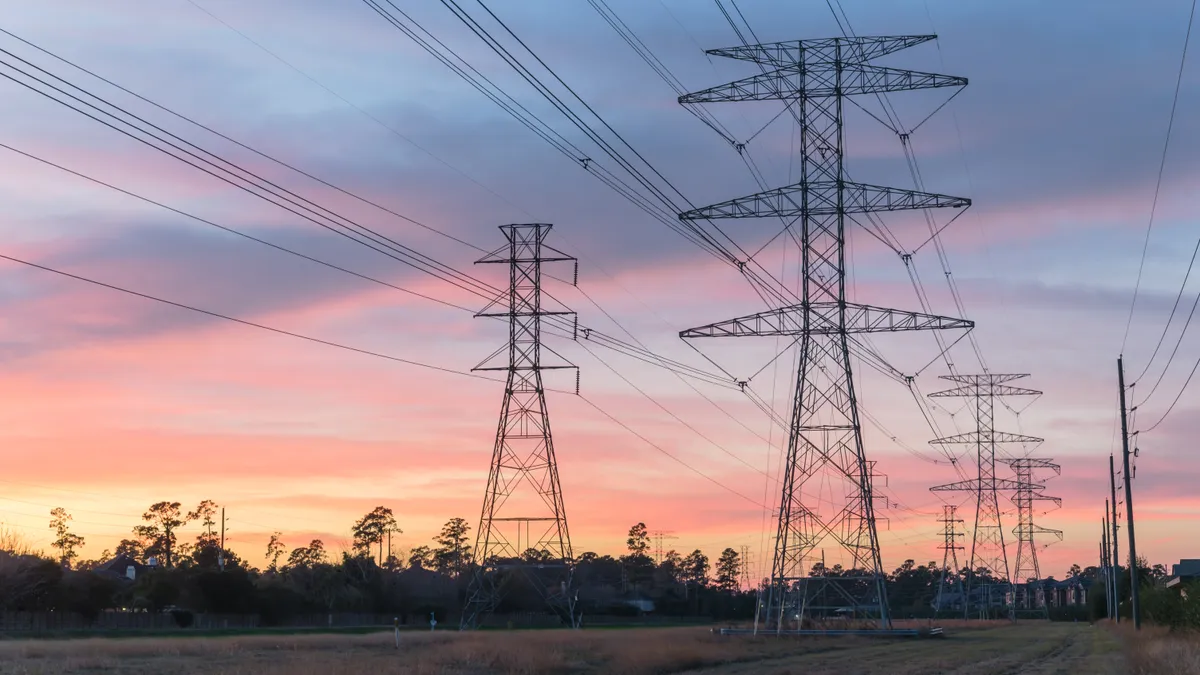Dive Brief:
- The Public Utility Commission of Texas on Thursday began work to develop small modular reactors in the state, known as SMRs, with the first meeting of the PUC’s Advanced Nuclear Reactor Working Group. The working group is planning to deliver a report on the topic to Gov. Greg Abbott, R, by the end of next year.
- Abbott, in an August letter to regulators, directed the PUCT to establish the working group and begin exploring “how Texas will become the national leader in using advanced nuclear energy.”
- The PUC working group will tackle a host of issues including workforce and supply chain development, the use of state and federal incentives to construct SMRs, and how advanced nuclear resources will compete in wholesale markets managed by the Electric Reliability Council of Texas.
Dive Insight:
The PUCT working group is led by Commissioner Jimmy Glotfelty, who kicked off Thursday’s meeting with a discussion of goals and work products.
“This is not going to be a government report that sits on a shelf,” Glotfelty said. “I've written plenty of them and they're still sitting on shelves catching dust. Our goal is to put a bow on Texas and show why we should be the leader in this space.”
Plans call for a draft report to be released in the May-June timeframe, followed by a public meeting to discuss its recommendations.
The group will be broken into seven smaller working groups to tackle topics including:
- Financial incentives and necessary ERCOT market changes;
- Siting and the potential to develop SMRs at brownfield energy locations such as retiring coal or gas plants;
- Workforce development;
- Supply chain buildout;
- End-user considerations, including how SMRs can boost growth in data centers;
- How SMRs can benefit industrial end users including the oil, gas and chemical production segments; and,
- Research and development, including institutions of higher education and the U.S. Department of Energy’s system of national laboratories.
“Our [electricity] market design is a challenge,” Glotfelty said.
“The view that I'm going to take in this process is that while nuclear reactors in the state are great for the power business, they’re also good or better for the industrial business, for the supply chain, for the long-term economic growth of this state,” Glotfelty said. “Everything we do will have an economic development view, and a safety and security view.”
The working group will also look at the entire state’s potential to host SMRs, including areas outside of ERCOT.
“We have vertically integrated utilities in some parts of the state and they have a very attractive opportunity to participate in this space as well,” Glotfelty said.
Texas currently hosts two traditional operating nuclear plants: the South Texas Project Electric Generating Station, located southwest of Houston, and the Comanche Peak Nuclear Power Plant south of Fort Worth.
In May, Dow and X-energy Reactor Co. announced they are planning the development of an SMR at Dow’s UCC Seadrift Operations manufacturing site.
“We are ecstatic about the X-energy—Dow project, but we need more of them,” Glotfelty said. “Our goal in this process is to figure out how we get more of them going.”















